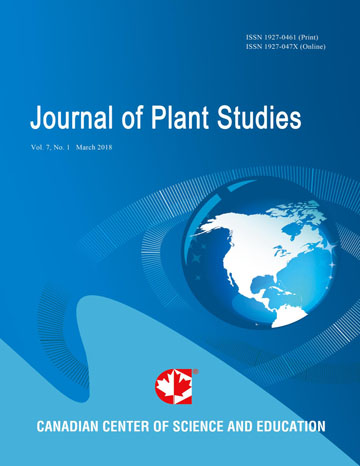Effects of Soil Type on Floristics and Stand Structure in Amazon Unflooded Forests
- Randall Myster
Abstract
The importance of unflooded forests in the Amazon and the need to investigate how their soils affect their floristics and stand structure, lead me to set up and sampled trees in four plots in terra firme forest, in white sand forest and in palm forest at the same site in the Peruvian Amazon. I found (1) the white sand forest plot had 15 families with Clusiaceae, Malvaceae and Myrtaceae the most common and Pachira brevipes the most common species, (2) the palm forest plot had 6 families with Arecaceae, Clusiaceae and Fabaceae the most common and Socratea exorrhiza the most common species, and (3) the terra firme forest plot had 47 families with Myristicacea, Fabaceae and Bombacace the most common and Otoba parvifolia and Astrocaryum murumura the most common species. For the stand structure of these forests, (1) terra firme had more stems and larger stems than white sand and palm, and while palm had more stems than white sand, white sand had larger stems than palm, (2) species richness was greatest in terra firme and decreased by a factor of three in white sand, and by a factor of five in palm, (3) basal area decreased from terra firme to white sand, but white sand and palm were comparable, (4) white sand had the greatest above-ground biomass, followed by terra firme and palm, and (5) white sand and palm were much more open forests than terra firme. Results strongly suggest that soils are a significant causal factor in determining floristic and structural differences among these Amazon forests, where the richer soil of terra firme forest helps produce both more structure and a richer floristics compared to the poor soil of palm forests and the even poorer soil of white sand forests.
- Full Text:
 PDF
PDF
- DOI:10.5539/jps.v7n2p20
Journal Metrics
h-index (December 2021): 17
i10-index (December 2021): 37
h5-index (December 2021): N/A
h5-median(December 2021): N/A
( The data was calculated based on Google Scholar Citations. Click Here to Learn More. )
Index
Contact
- Joan LeeEditorial Assistant
- jps@ccsenet.org
